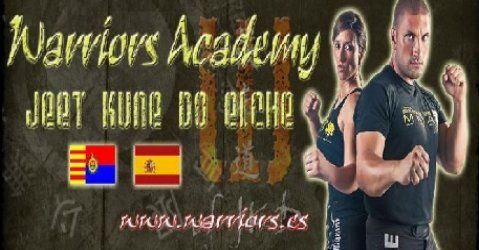With over 750,000 copies sold in nine languages, The Tao of Jeet Kune Do is the bestselling martial arts book in modern history. Although Bruce Lee’s name and photo appear on the cover, dedicated fans know that he did actually write Tao of Jeet Kune Do—at least not in its current form. (The book is a compilation of Bruce’s personal notes, organized and published posthumously by Dan Inosanto, Linda Lee and Gilbert Johnson.)
While credit for fighting methods expressed in Tao of JKD is rightfully given to boxer Edwin Haislet, fencers Hugo and James Castello, and others, we are left to infer that Jeet Kune Do’s philosophical underpinnings are Bruce’s unique contribution.
Quite the contrary, Jeet Kune Do is an orthodox expression of Taoist, Buddhist, and Western metaphysical principles. From the poem on the book’s opening page, to the passionate expressions of its final chapter, ideas in Tao of JKD can be traced directly to earlier written works.
Here is a sampling of these sources.
- Into a soul absolutely free
- From thoughts and emotion,
- Even the tiger finds no room
- To insert its fierce claws.
- Turn into a doll made of wood: it has no ego, it thinks nothing, it is not grasping or sticky. Let the body and limbs work themselves out in accordance with the discipline they have undergone.
- If nothing within you stays rigid, outward things will disclose themselves. Moving, be like water. Still, be like a mirror. Respond like an echo. (pg. 7)
- Truth has no path. Truth is living and, therefore, changing. It has no resting place, no organized institution, no philosophy.
- In Buddhism, there is no place for using effort. Just be ordinary and nothing special. Eat your food, move your bowels, pass water and when you’re tired go and lie down. The ignorant will laugh at me, but the wise will understand.
- An assertion is Zen only when it is itself an act and does not refer to anything that is asserted in it.
* Jeet Kune Do favors formlessness so that it can assume all forms and since Jeet Kune Do has no style, it can fit in with all styles. As a result, Jeet Kune Do utilizes all ways and is bound by none, and, likewise, uses any techniques or means which serve its end.
The superiority of formlessness was expressed in The Art of War (chapter 6), written two thousand years ago.
- Empty your cup so that it may be filled; become devoid to gain totality.
- Just as yellow leaves may be gold coins to stop the crying children, thus, the so-called secret moves and contorted postures appease the unknowledgeable martial artists.
- The form of an attack is generally dictated by the form of the defense used by the opponent. In other words, between opponents of approximately the same caliber, an attack can rarely be successful unless it deceives or outwits the defense.
Prajna [wisdom] immovable doesn’t mean immovability or insensibility. It means that the mind is endowed with capabilities of infinite, instantaneous motion that knows no hindrance.
Takuan Soho, Zen Buddhist master of 17th century Japan, gave this instruction to the Shogun’s fencing teacher. It was subsequently reported by D. T. Suzuki in his essay, Zen and Japanese Culture.
- Let your opponent graze your skin and you smash into his flesh; let him smash into your flesh and you fracture his bones; let him fracture your bones and you take his life! Do not be concerned with your escaping safely–lay your life before him!
















